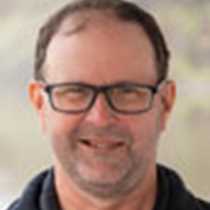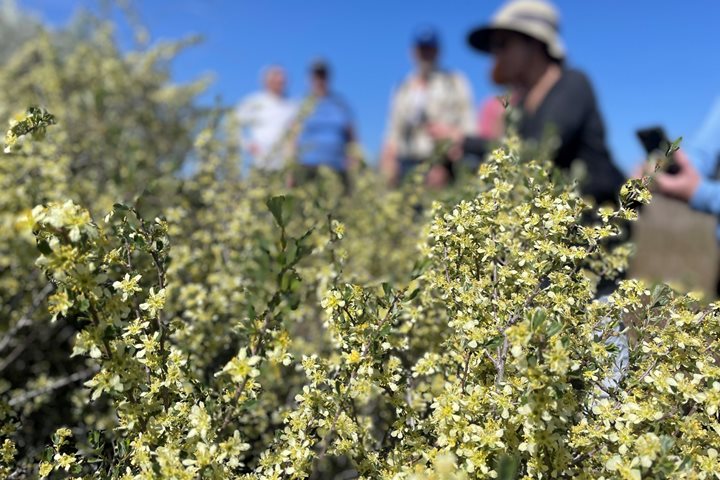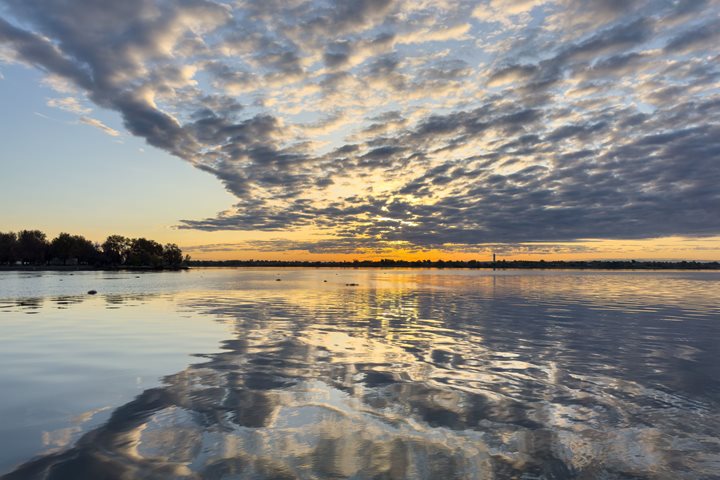We began our day on National Geographic Sea Bird with an early morning stretch and a delightful breakfast buffet. Guests prepared for a typical wet day exploring the Oregon and Washington sides of the Columbia River Gorge.
Groups set off after breakfast. One group headed to Multnomah Falls and the Bonneville Fish Hatchery, while the other traveled to Beacon Rock State Park and Multnomah Falls. Multnomah Falls, Oregon’s second most visited attraction, did not disappoint. Water crashed down the falls at over 700 cubic feet per second. Guests hiked up to the Benson Bridge. They took photos with guidance from Lindblad’s photographic instructor, Kelly Coursey Gray.
After visiting the falls, guests toured the Bonneville Fish Hatchery. Patrick MacQuarrie, naturalist and river historian, explained how fish hatcheries operate and function within the Columbia River Basin. Herman, an 82-year-old white sturgeon that lives at the hatchery and warmly greets onlookers, captivated our guests.
Meanwhile, the other National Geographic Sea Bird group climbed Beacon Rock on the Washington side of the Columbia River, a site first noted by Lewis and Clark as “Beaten Rock.” This was where Clark first noted tidal influence on the Columbia River. On April 06, 1805, he noted, “it is only in the fall of the year when the river is low that the tides are perceptible as high as beacon rock [sic].” Guests hiked over 400-feet up the trail of 57 switchbacks, taking in breathtaking views from an elevation of 840-feet.
After returning, National Geographic Sea Bird pulled anchor and set sail downriver. We passed through the last lock, Bonneville Dam and Lock, as guests enjoyed the Guest Photo Slideshow after dinner. We are off to Portland, ending National Geographic Sea Bird’s epic voyage on the Snake and Columbia Rivers.
Photographers: Patrick MacQuarrie, Naturalist and River Historian; Robert Edwards, Naturalist; and Grace Winer, Naturalist







